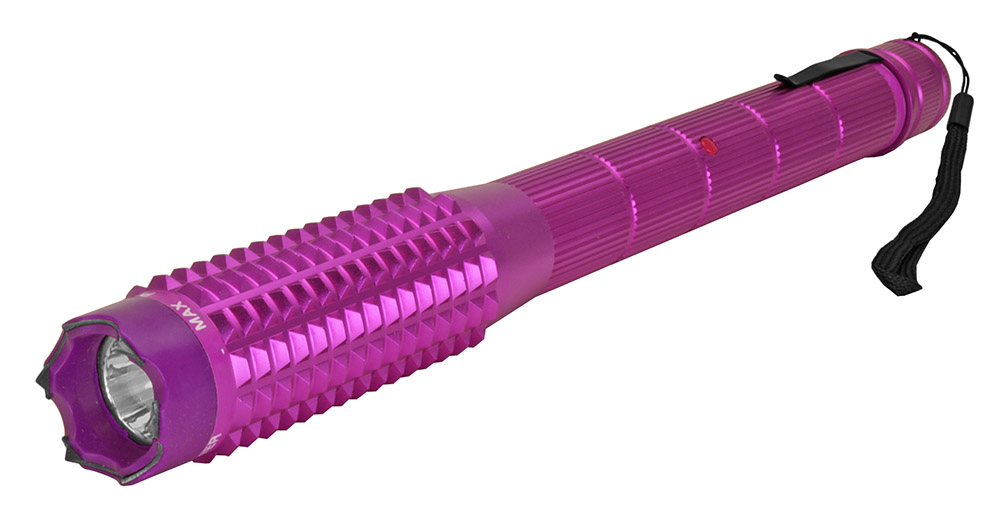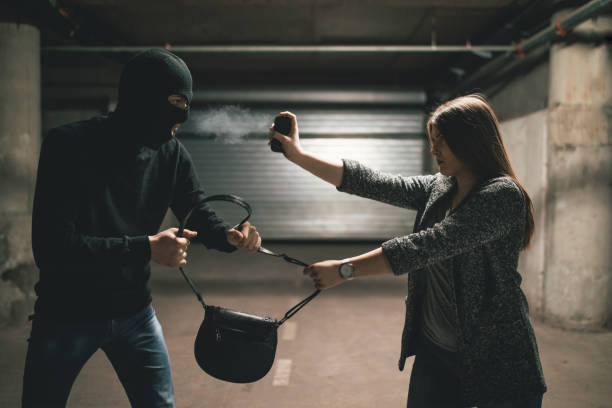
Indonesian martial art includes many different fighting systems. They include both traditional, ancient, and more modern hybrids. There's much to learn about each of these fighting systems, so let us take a closer look. You will learn the most important. Check out these tips before trying these martial art!
Pencak Silat
Indonesia is a popular Southeast Asian destination known for its gorgeous beaches, lush jungles and fascinating culture. The rich history of Indonesia, home to many traditional martial arts, such as Pencak Silat, is just one of its many treasures. Because of its practical value, this style has survived the test of time. While there are other martial arts, Pencak Silat is one of the most popular. Learn more about this martial art form by reading on!

Silat Pagan
Silat Pangean, among the many styles of Karate, is the most popular. It has evolved from ancient traditions such as tai chi and kung fu, and is practiced throughout Indonesia. In fact, it is ranked first among all forms of karate. In addition to being the oldest form, Silat Pangean also boasts the highest degree of skill.
Silat Melayu
Many myths surround Silat Melayu’s origin, a Malay Martial Art. Many of these myths relate to how one trains a specific style of silat. Silat Melayu originated in Sumatra, where a woman's combat system was based on animal movements. The art forms that became known as silat were developed by observing animal movements, and were eventually adopted as a martial art style. Bodhidharma, a Sumatra-based ruler from Srivijaya in Palembang is believed to have introduced these styles to the region.
Silat Minangkabau
The origin of silat is unclear. However, some etymologists think that it is related to the Tamil word silambam, which is itself related to the term "silatguvarisai" (lit. "silat-sail"). Another similar-sounding word is sekilat. This means "to move or perform with your hands". Others terms, however are not considered etymologically important.

Bakti Negara
Bakti negara is an Indonesian martial art that originated in Bali in 1952. Four martial arts masters were instrumental in the development of the art. After the end of the Second World War, Bakti Negara changed and evolved into its modern form, incorporating a point-based sparring system, coloured belt system, and grappling techniques. Also, the art uses a forked troncheon called Chabang.
FAQ
What are the advantages of training in martial arts?
Martial arts training will help you to develop skills that can be used in any situation. They will make you stronger and faster. In addition, they teach you how to deal with different types of attacks.
They increase your confidence. Feeling safe makes you more relaxed and less stressed.
They are great for your overall health. Regular exercise is proven to improve your physical condition.
Where is the best place for self-defense?
The best place to practice self-defense is in your own backyard. You can also practice in another location if you don’t have enough space.
You could practice anywhere, such as in a empty parking lot, in a car park, or even your living room. You just need to be alert and keep your eyes wide open.
Practice alone is dangerous. Always practice with a partner.
How do beginners do self-defense?
Not only are experts trained in self-defense, but so is everyone else. You must also be able to defend yourself alone. These basic moves will help you defend yourself against attacks.
Begin with basic movements such as kicking, punching and kneeing. Next, move on to advanced moves such as grappling and joint lock.
It is always good to practice things that are similar to what you would encounter in real-life situations. You can use a pillow to practice how to kick someone.
This way, you won't hurt yourself while practicing. Don't hit anything too hard or you might damage something.
Statistics
- Kung Fu alone has 400 unique martial art styles – and whilst you likely won't be able to find a school for each form, many other martial arts are completely different altogether. (budodragon.com)
- The Rape, Abuse & Incest National Network reports that 70 percent of sexual violence cases aren't committed by random strangers in a dark alley but by people we know: friends, family, partners, co-workers, etc. (healthline.com)
- Most likely, the person will want some kind of boxing match, so if you can out-box them, this would be 100% ideal for survival. (budodragon.com)
- Some people walk into a gym thinking they are going to become the best by training whenever they like and not putting 100% effort in. (budodragon.com)
External Links
How To
How to use Kubotans to self-defense
Kubotan, or small sticks, are used as weapons by Okinawan masters in martial arts. These small sticks were made originally from bamboo, but they have since been replaced with metal and plastic.
They typically measure between 5cm and 2cm.
The Kubotan is designed to strike at an opponent's eyes, nose, and mouth. It also works against other body parts, like elbows or knees.
Kubotan is a popular choice for women as they are light and portable, can be hidden when not needed, and can be carried by most people.
Knowing where to place your Kubotan to strike the correct spot is essential to be able to effectively use it.
It is important to practice with the Kubotan before you go out in order to hit the right spots.
These steps will show you how to use the Kubotan for self-defense.
-
Face the attacker
-
Hold the Kubotan firmly between your thumb and index finger.
-
Lift the Kubotan's arm above your head.
-
Move the Kubotan towards the attacker by lowering it.
-
Strike the attacker on the nose, eye, or mouth area.
-
As the Kubotan hits the target, you should see its impact.
-
Continue to swing your Kubotan until the Kubotan makes a "thwacking sound".
-
Step back and lower the Kubotan.
-
Repeat Steps 1-7 if you wish to keep fighting.